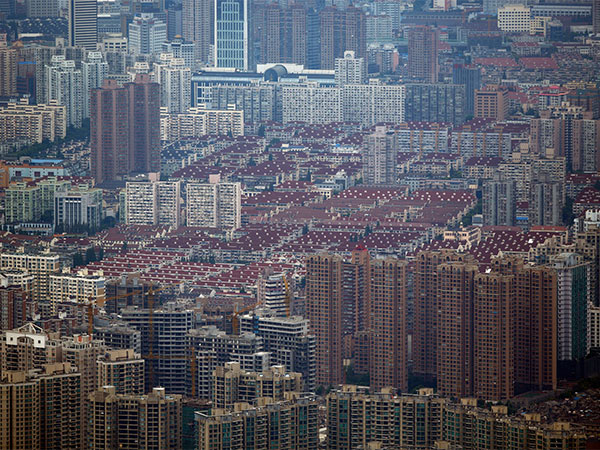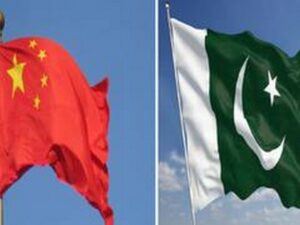
Hong Kong July 1 (ANI): The economic landscape in China continues to show signs of uneven recovery, as indicated by contrasting reports on factory activity from different sectors. On Monday, a private gauge revealed that factory activity among China‘s private firms expanded at its fastest pace in three years, suggesting robust domestic and international demand for Chinese goods, CNN reported.
This optimism contrasts sharply with findings from an official government survey released on Sunday, which highlighted a contraction among larger, state-owned manufacturers. This disparity underscores the ongoing unevenness in China‘s economic recovery.
According to S&P Global, the Caixin manufacturing Purchasing Managers’ Index (PMI) rose to 51.8 in June, up marginally from 51.7 in May.
This exceeded market expectations and marked the sixth consecutive month of improvement in the index. In contrast, the National Bureau of Statistics (NBS) reported that its PMI remained unchanged from May at 49.5, marking the second straight month of contraction. The PMI, a crucial monthly indicator of economic activity, reflects expansion with a reading above 50 and contraction below it, according to CNN.
Goldman Sachs analysts pointed out that the widening gap between the Caixin and official PMIs could be attributed to differences in the sectors covered by each survey. The Caixin survey tends to include more export-oriented and consumer-related companies, which have shown stronger performance. Meanwhile, the official PMI leans towards larger manufacturers involved in industrial materials production like steel, cement, and chemicals, making them more susceptible to fluctuations in fixed-asset investments.
Senior economist Wang Zhe from Caixin Insight Group emphasized that despite challenges, the manufacturing sector in China experienced growth in June, driven by increasing supply, domestic demand, and exports. He highlighted stronger demand for consumer and intermediate goods compared to investment goods, reflecting the current economic dynamics.
While customs data for June is forthcoming, May statistics indicated a notable 7.6 per cent year-on-year increase in China‘s exports, surpassing analysts’ expectations. Despite these positive indicators, manufacturers remain cautious about the future outlook. Concerns have been exacerbated by recent tariff announcements from the United States and European Union, which have dampened sentiment among Chinese companies, according to CNN.
Wang noted a significant decline in the gauge for future output expectations, citing it as the lowest since November 2019. Surveyed companies in the Caixin index expressed concerns over downward economic pressure and fierce market competition.
In recent developments, the European Union announced plans to impose provisional tariffs of up to 38.1 per cent on electric vehicles imported from China, citing unfair competitive practices that disadvantage European automakers. These tariffs are set to take effect by July 4, pending ongoing investigations, with final duties expected to be determined by November 2.
This decision follows a similar move by the United States, which recently quadrupled tariffs on Chinese electric vehicles from 25 per cent to 100 per cent. This action aligns with the US strategy to boost domestic manufacturing and employment, CNN reported. (ANI)

















